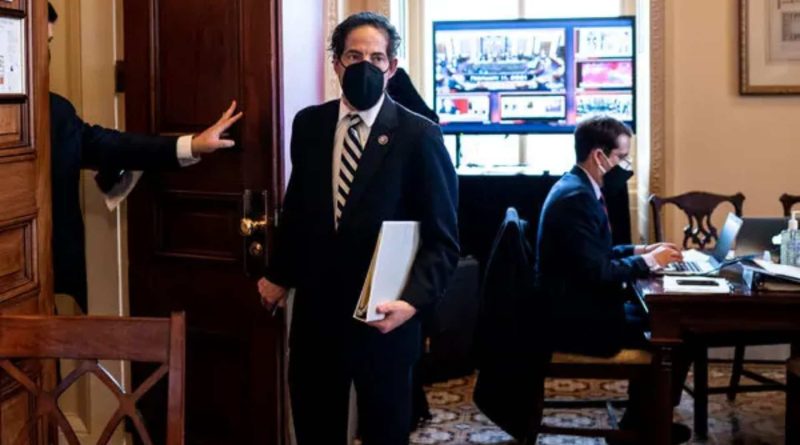Unraveling the Enigma: The Intersection of Impeachment and Football Tactics
What’s the surprising connection between impeachment proceedings and the Philadelphia Eagles? They’re both engaged in ‘tanking.’
In the aftermath of swiftly impeaching Trump, the House seemed to stagnate, taking no significant actions regarding the trial. Could it be speculated that they deliberately allowed the trial to flounder?
The second trial of former President Donald Trump appears to be evolving into a peculiar spectacle, geared more towards inciting emotions than securing a conviction. While legal experts analyze each maneuver, what laypeople require is the perspective of a Philadelphia Eagles fan to grasp the unfolding events. In NFL terms, it mirrors the strategy of “tanking.” This season, there was heated debate over whether Eagles coach Doug Pederson was genuinely striving for victory or strategically losing to secure a better draft pick. The tactics employed in the House trial bear a striking resemblance to tanking, yet few acknowledge the glaring absence of a credible offensive strategy.
In the realm of football, accusations of tanking arise when the seemingly inexplicable hastens the inevitable. This season, that tipping point was reached when Pederson opted against tying the game against Washington in the third quarter with a field goal, instead substituting Nate Sudfeld for Jalen Hurts. Similarly, the House may have reached its tipping point when the prosecutors appeared more invested in constructing a case for defeat than victory. This sentiment was further reinforced by the selection of individuals like Rep. Eric Swalwell, amidst controversy regarding his association with a Chinese spy and allegations of reckless political rhetoric. The decision to involve Swalwell made the Sudfeld substitution appear ingenious by comparison.
In a hypothetical NFL investigation, three indicators of tanking would be glaringly evident:
- The snap impeachment: The House’s decision to pursue what could be termed a “snap impeachment” was the initial red flag. While impeaching the president before his term ended was constitutionally permissible, there was ample time post-January 6th for hearings to substantiate the impeachment. Despite recommendations to conduct hearings, the House leadership forged ahead with impeachment sans any hearing, investigation, or formal opportunity for the president to respond.
- The language of the articles: The language employed in the articles itself hinted at a lack of foresight. Even a single day of hearings could have facilitated discussions on potentially impeachable conduct and informed the drafting of the articles. Instead, the House zeroed in on the charge of “incitement of insurrection,” opting for extreme rhetoric that virtually guaranteed a partisan divide and probable acquittal.
- Inaction post-trial initiation: Following the initiation of the trial, the House seemed to mirror the inertia often associated with tanking strategies. Despite initially demanding witnesses in the Senate, weeks passed without any pertinent witnesses being summoned to elucidate Trump’s intent or state of mind. This failure to create a substantial record raised questions about the seriousness of the impeachment effort.
In summary, the trajectory of events surrounding the trial raises suspicions of a deliberate effort to orchestrate a ‘tanked’ outcome. With the presentation of a case heavy on emotions but lacking in substantive evidence, an acquittal seems increasingly likely, akin to a strategic move to regroup and strategize for future endeavors.

